819
Overview of the new large telescopes

The development of astronomy does not stop a lot of new telescopes are being built all over the world for different purposes. Brief description of the most remarkable projects in this review:
Search planets
Modern telescopes are able to find a planet in another star only if it is very close to the star or very large (looking at the solar system analogue, "Kepler" would find only Saturn and Jupiter). To find the land counterparts around other stars and to find out what happened to them, a new generation of space-based and ground-based telescopes.
TESS

TESS Telescope will be launched in 2017. Its task - to search for exoplanets at a favorable outcome, he will find 10,000 new exoplanets 2 times higher than found today
more
CHEOPS
b. >

Triggered in 2017. CHEOPS space telescope will search for extrasolar planets in the solar system to the nearest stars and to study them.
More
Telescope James Webb

Telescope James Webb is the successor to the Hubble, and the future of astronomy. He will be able to find the first Earth-sized planets and smaller, as well as taking photos even more distant nebulae. Construction of the telescope cost $ 8 billion. It will be sent into space in the autumn of 2018.
More
Thirty Meter Telescope
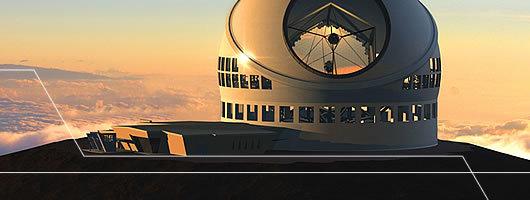
Thirty Meter Telescope would be the first of a series of "extremely large telescopes," able to see much further than existing telescopes, but for the residents of the Hawaiian islands, the mountain on which it is built - is sacred, and they made his resignation. So now it will be postponed and in the best case is built elsewhere.
More
Giant Magellan Telescope

Ground Giant Magellan Telescope will have a resolution 10 times higher than the Hubble. Fully functional it will be in 2024.
more
European Extremely Large Telescope (E-ELT)
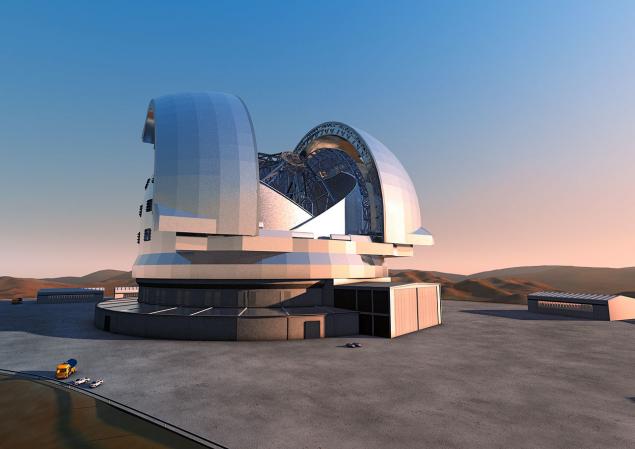
But the world's largest telescope will be European Extremely Large Telescope (E-ELT). At best, he will even be able to visually observe an exoplanet, so that we can see the first planet from the other stars. Started well - 2024.
more
PLATO

Telescope PLATO is already heir James Webb and launched in 2020e. Its main task, like the others will find and study of exoplanets, and he will be able to determine their structure (hard or they are gas giants)
more
Wfirst

Also planned for 2020e Wfirst telescope will focus on the search for distant galaxies, but also be able to find exoplanets and transmit the image the greatest of them.
More
STEP (Search for Terrestrial Exo-Planets)

Chinese telescope STEP (Search for Terrestrial Exo Planets) will be able to detect Earth-like planets at a distance of 20 parsecs from the sun. Its launch is expected in the period 2021-2024.
ATLAST
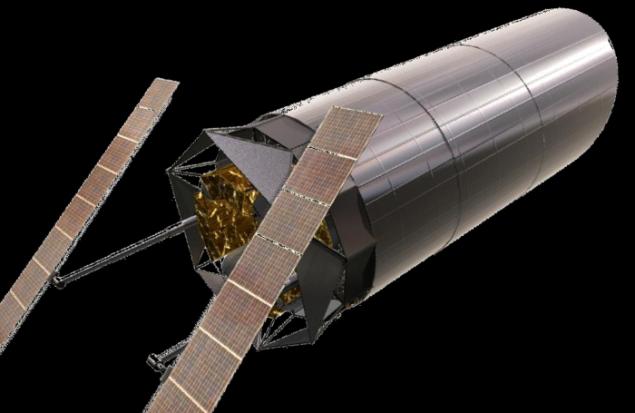
Planned for the second half 2020h Space Telescope NASA - ATLAST will search the galaxy biomarkers indicating the presence of life (oxygen, ozone, water)
more
SPIDER

Lockheed Martin is developing a new telescope - SPIDER. He has to collect the light of a different way and it will make an effective telescope smaller, because if you look at the previous projects, they become more and more gigantic.
More
In the meantime, new telescopes to search for extrasolar planets has not yet launched and not constructed, all that we have today is the 3 observation project. Read more about them in the lookup table of the planets:
Lookup Table planets
Kepler K2

In 2013 a telescope "Kepler" - is the most effective in the search for extrasolar planets telescope is out of order, and many publications have written something like an obituary for him. But after starting the mission K2 in 2014 it proved that the telescope is still quite capable of finding planets. From April 2016 it will begin the new observations, and researchers expect to find between 80 and 120 new exoplanets. February 1
Menerva
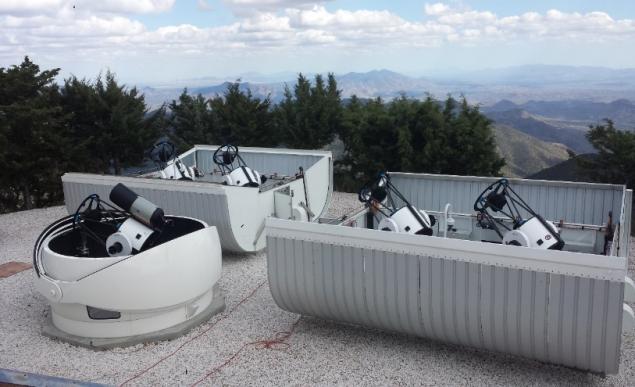
Very cheap compared to peers, Harvard telescope - Menerva in December 2015 launched its mission to find extrasolar planets in red dwarf, in the neighborhood of the solar system. Astronomers expect to find at least 10-20 planets. March 4
Pale red dot
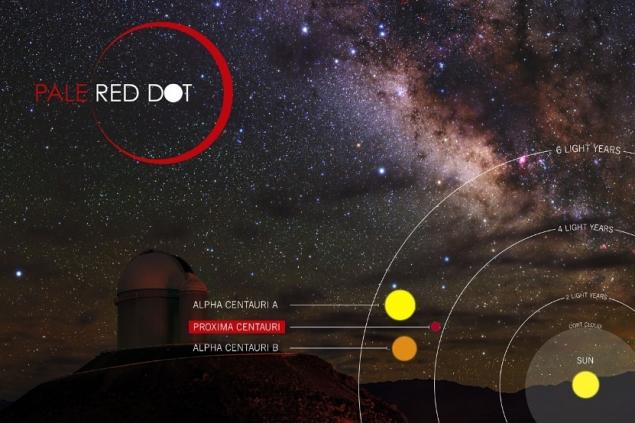
Does not clear revolves around the star Alpha Centauri (the nearest solar system neighbor) a planet or not. This puzzle will not let astronomers and some of them organized Pale red dot design for careful observation and clarification of this question (if the planet is, at it still 1,000 degrees temperature). The observations have been completed, the results in the form of scientific articles will be at the end of 2016go. May 6
Planet 9
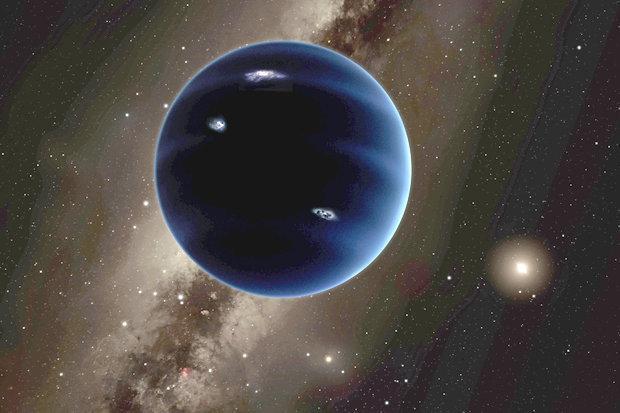
Planet 9 (or Planet X) suddenly was detected by indirect methods in the early 2016go. The first new planet of the solar system for more than 150 years, but to observe it with a telescope and thus confirm its existence can take up to 5 years of searching.
More
Search
stars
in the Milky Way from 200 to 400 billion. star and astronomers are trying to create a card catalog or even the nearest star.
GAIA

The space telescope will map GAIA 1 billion. The nearest star. Publication of the first directory is scheduled for summer 2016.
more
JASMINE

Japanese JASMINE project - this is the third project in the history of astrometric (GAIA - second) and includes the launch of three telescopes in 2017, 2020 and after 2020 to clarify the distance to astronomical objects, and also the application of the location of stars on the map.
LSST
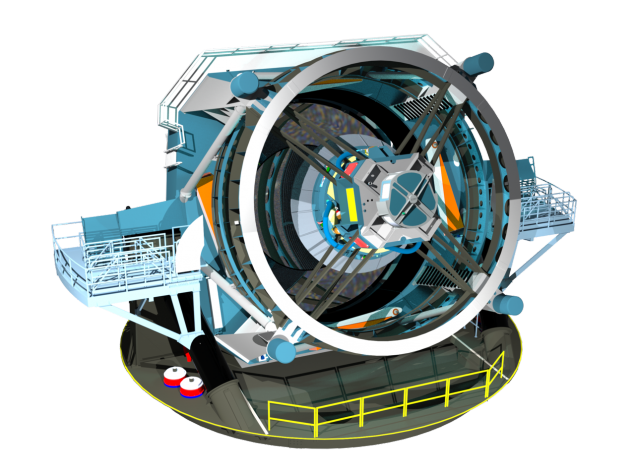
Ground LSST telescope will be used to map the Milky Way and the drafting of modern interactive map of the starry sky. He will start approximately in 2022.
More
To date, we have only is such a star map from Google.
Search newcomers
If extraterrestrial civilizations in our galaxy invented the radio, then we it ever find.
Extraterrastrial search
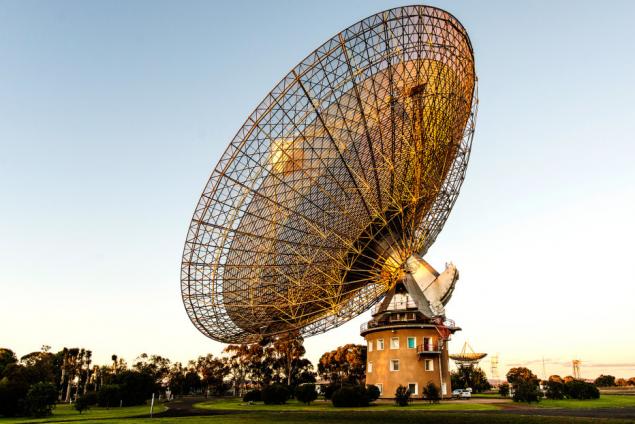
Russian billionaire and founder of mail.ru Yuri Milner invested in 2015 $ 100 million in a new project to search for extraterrestrial intelligence. The search will be carried out on the current hardware.
More
FAST

China is building the world's largest radio telescope FAST area of 30 football fields, and even evicted residents of the area to build it. Radio telescopes solve scientific problems, but the most interesting way of their application, it attempts to detect radio signals of intelligent life. The telescope was completed in 2016 and the first study will be conducted in September.
More
Square Kilometre Array

Construction in Australia, South Africa and New Zealand Square Kilometre Array radio interferometer will be 50 times more sensitive than any radio telescope and is so sensitive that it can detect radar airport for tens of light-years from the earth. Access to full capacity is expected in 2024. He will also be able to resolve the scientific enigma about where are short radio bursts and find many new galaxy more
KIC 8462852

KIC8462852 most mysterious star to date. Something huge obscures its light. More than Jupiter 22 times and this is not another star. Moreover it shows abnormal brightness fluctuations. Astronomers very intrigued. (1) more
The ongoing debate about whether or not to send messages to the stars, or just listen. On the one hand, nobody can find if only to listen to the other recipients of messages can be hostile. Several reports have been sent to the 20th century, but now they are no longer sent.
Search asteroid
no one seriously engaged in the protection of the planet from asteroids until recently
NEO detection
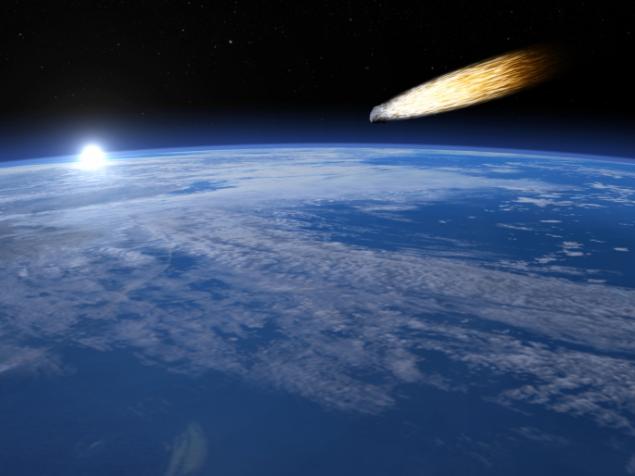
With increasing concern about the asteroid after the Chelyabinsk meteorite NASA budget for the detection of asteroids increased 10-fold to $ 50 mln. In 2016.
More
LSST (again)
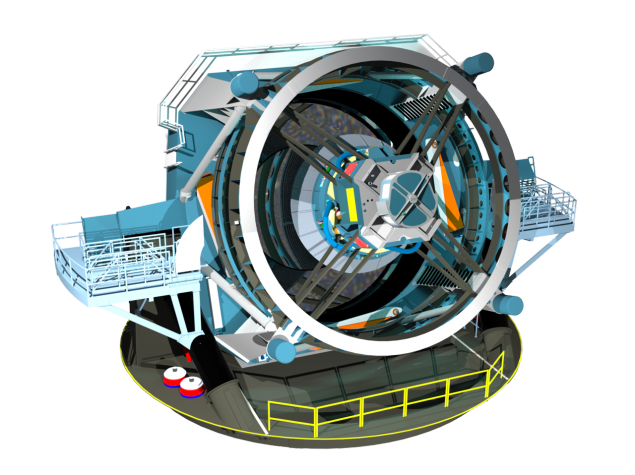
LSST will not only be the map of the sky, but also look for the "small solar system objects." His ability to finding asteroids will need to be several times higher than that of modern terrestrial and space-based telescopes.
more
Neocam
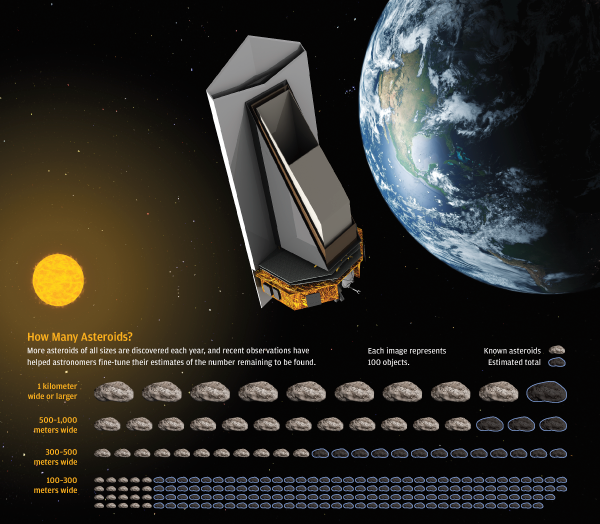
The Space Infrared Telescope Neocam - one of the five contenders for the new mission of the Discovery Program NASA. If this is the mission will be selected for implementation in September 2016 (and it has the most support) telescope will be launched in 2021. However, he LSST will allow NASA to carry out the task of finding 90% of the asteroid more than 140 m.
More
AZT-33 BM

Russia's first telescope to detect dangerous asteroids - AZT-33 BM was completed in 2016. For him, still need to purchase equipment for 500 million rubles, and then he will be able to detect an asteroid the size of the Tunguska meteorite month before the collision with the ground more
AIDA

It is useless to watch for dangerous asteroids if you can not change their course. Therefore, NASA and ESA are going to run AIDA mission collision special probe and the asteroid "65803 Didymos» testing and thus the possibility of changing the asteroid's course. Launch is expected in 2020, and a clash in 2022.
more
Astronomy dream projects
astronomers really want to implement these projects, but can not yet due to lack of financing, technology and internal unity
Overwhelmingly large telescope

Due to the differences between the astronomers to build 3 large telescope instead of a giant 100 meter telescope. Nevertheless, astronomers agree in opinion that in the next 30 years, hundred-meter telescope will need to build.
More
New Worlds

New Worlds Mission is to obscure the light from the star to see exoplanets next to her. It will have to start the coronagraph in space combined with a telescope. Details of the mission are still being discussed, but it will cost at least $ 1 billion.
More
Moon observatory
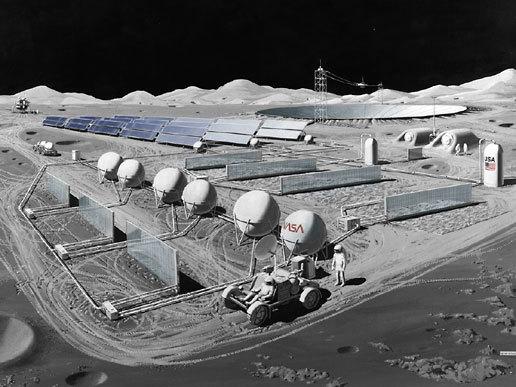
Space telescopes are not big enough, and ground-based observatories prevents atmosphere. Therefore, astronomers really want to build an observatory on the moon where there is no atmosphere and the noise (distortion due to terrestrial sources). This would be an ideal place for observation, but the implementation of such a project will take decades. Nevertheless, small telescopes already sent to the moon with the lunar rover
more
Total:. B>
For so far away from the practical results of science as astronomy, the amount of investment and the number of ongoing projects is very large. Most of the projects exists only to satisfy our curiosity. Most likely we will not find an alien civilization, extraterrestrial life or a real threat to the ground asteroid. But we try and follow this quite interesting.
Source: geektimes.ru/post/278674/
Spanish engineer yourself connected to the Internet your city ... and then the entire region
CHIPS raw food diet. Syroedchesky mayonnaise from seeds. Recipe living sauce.























